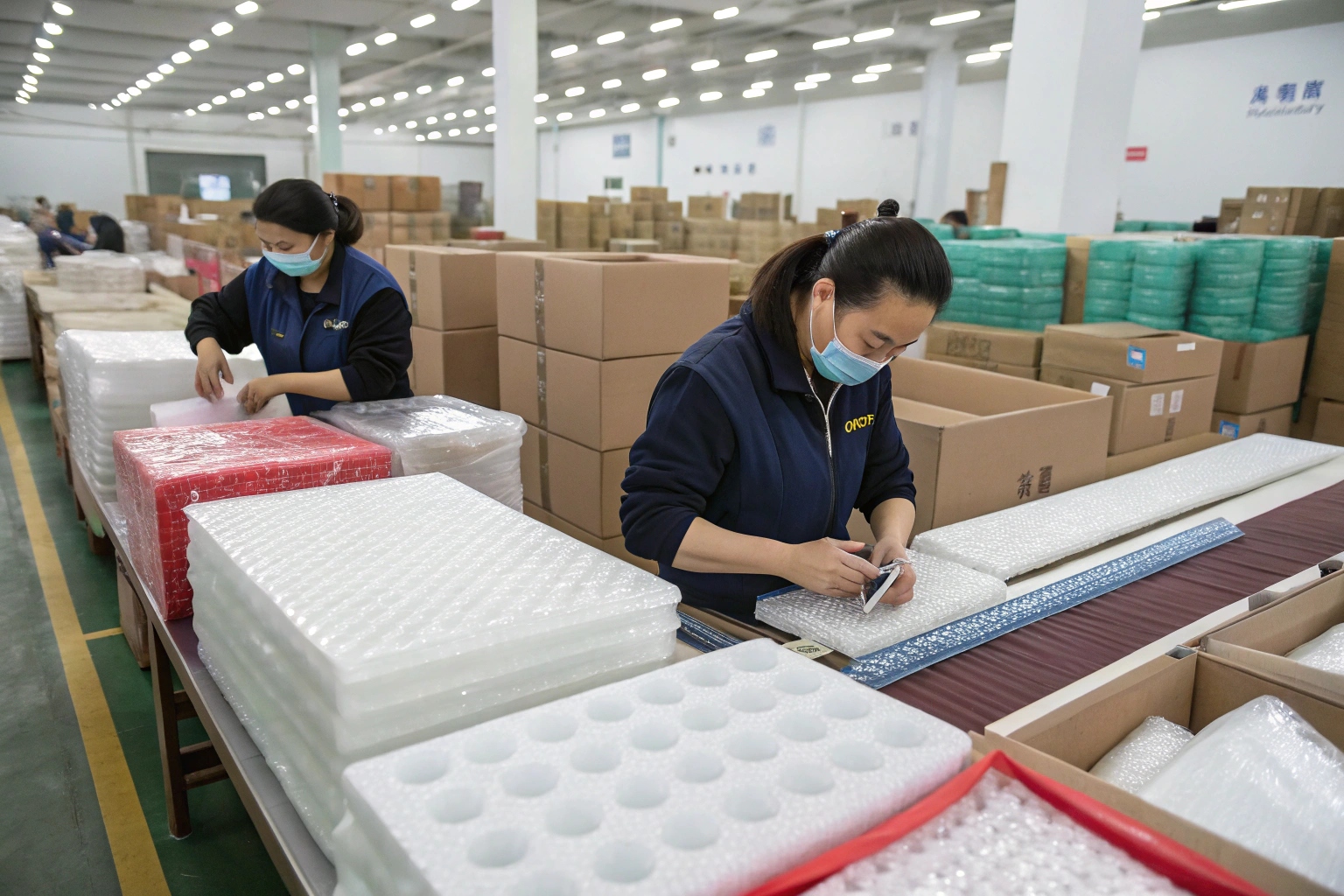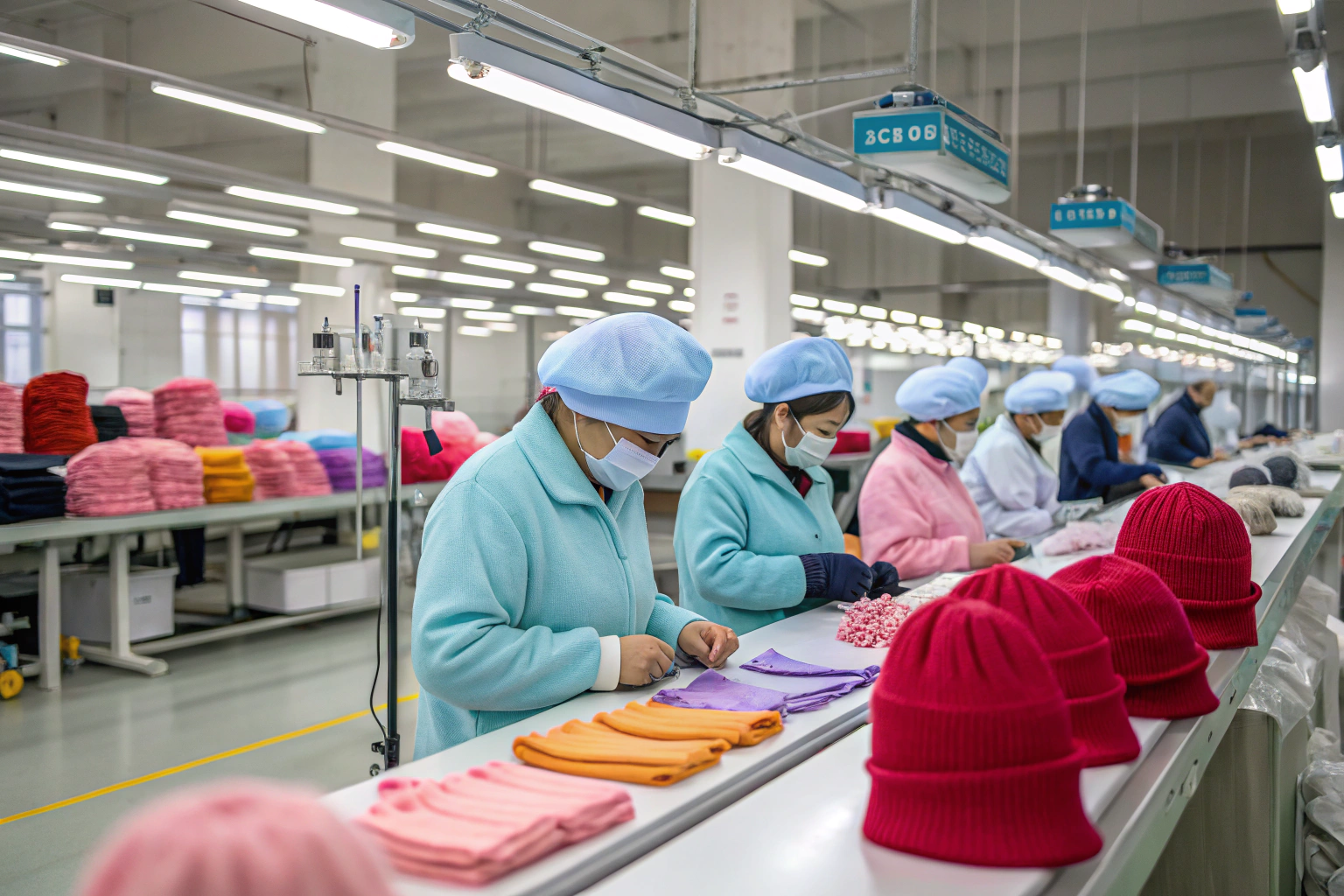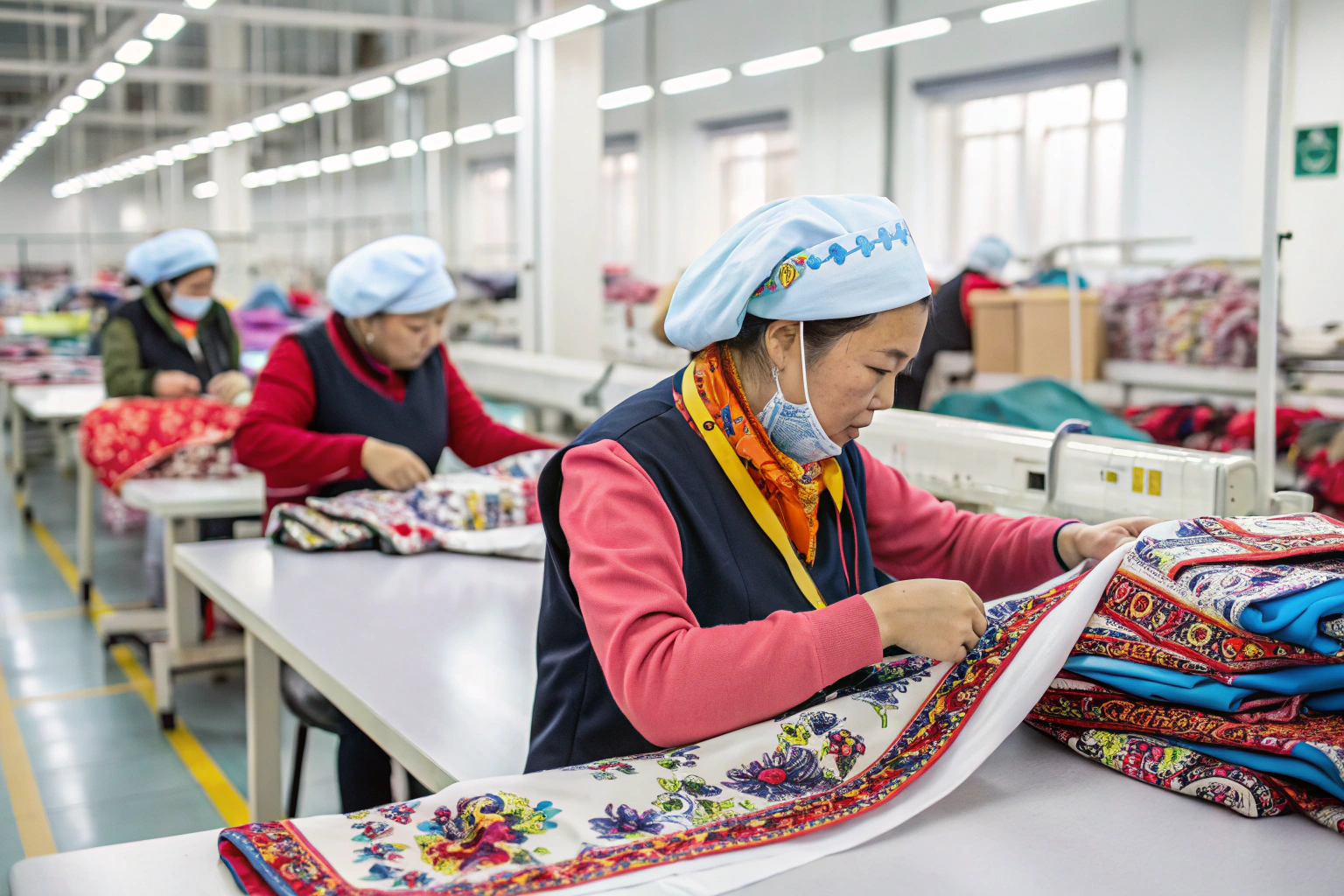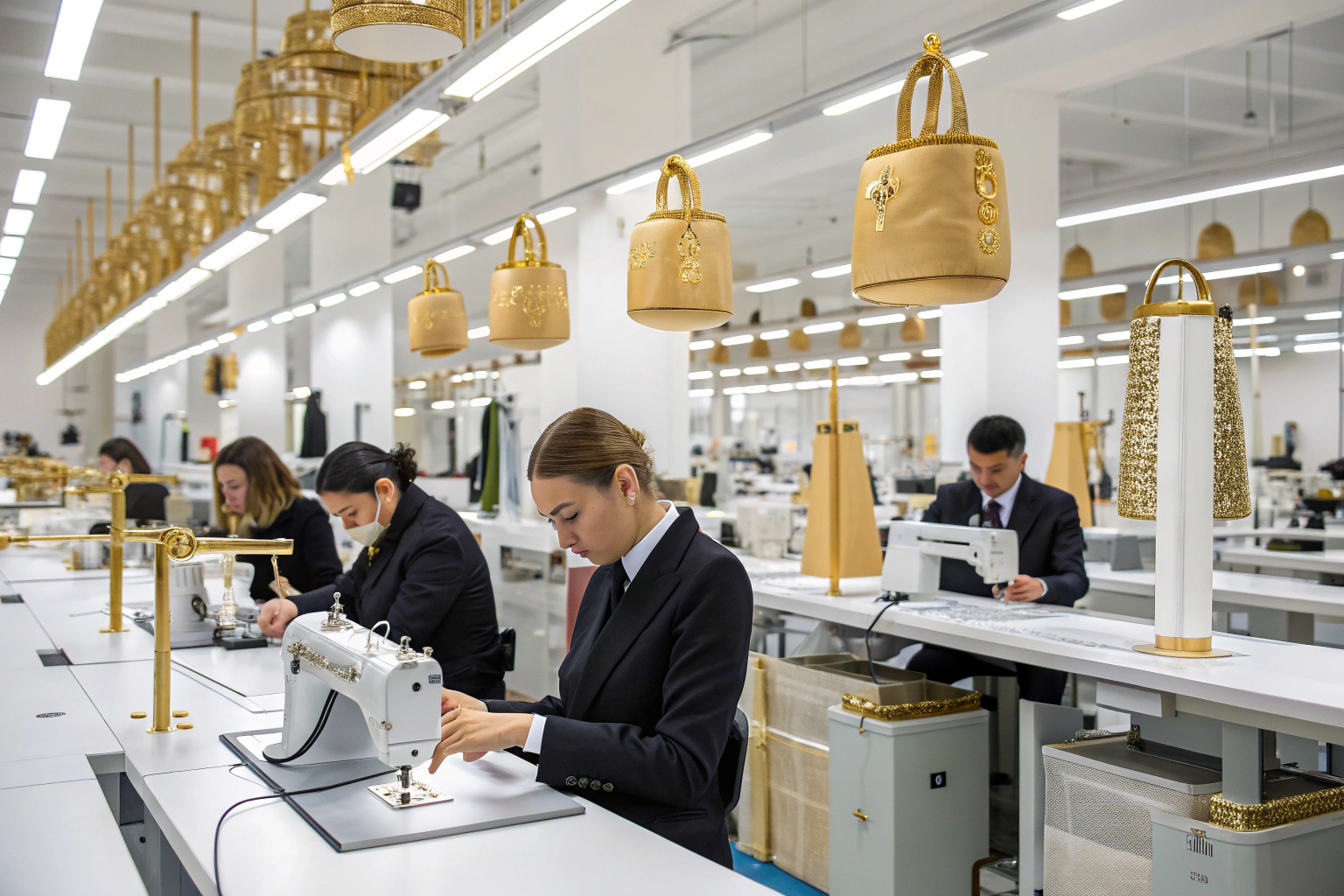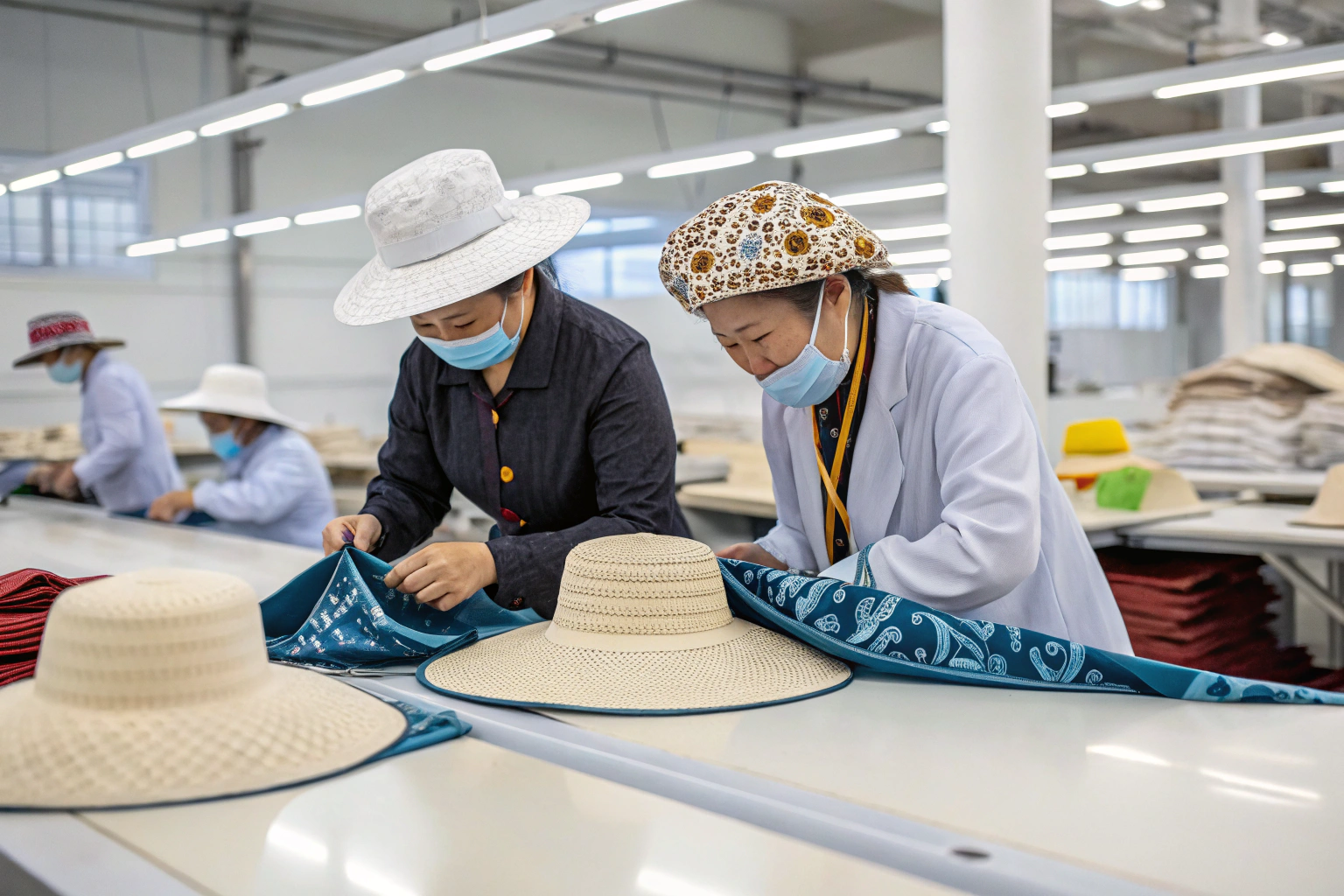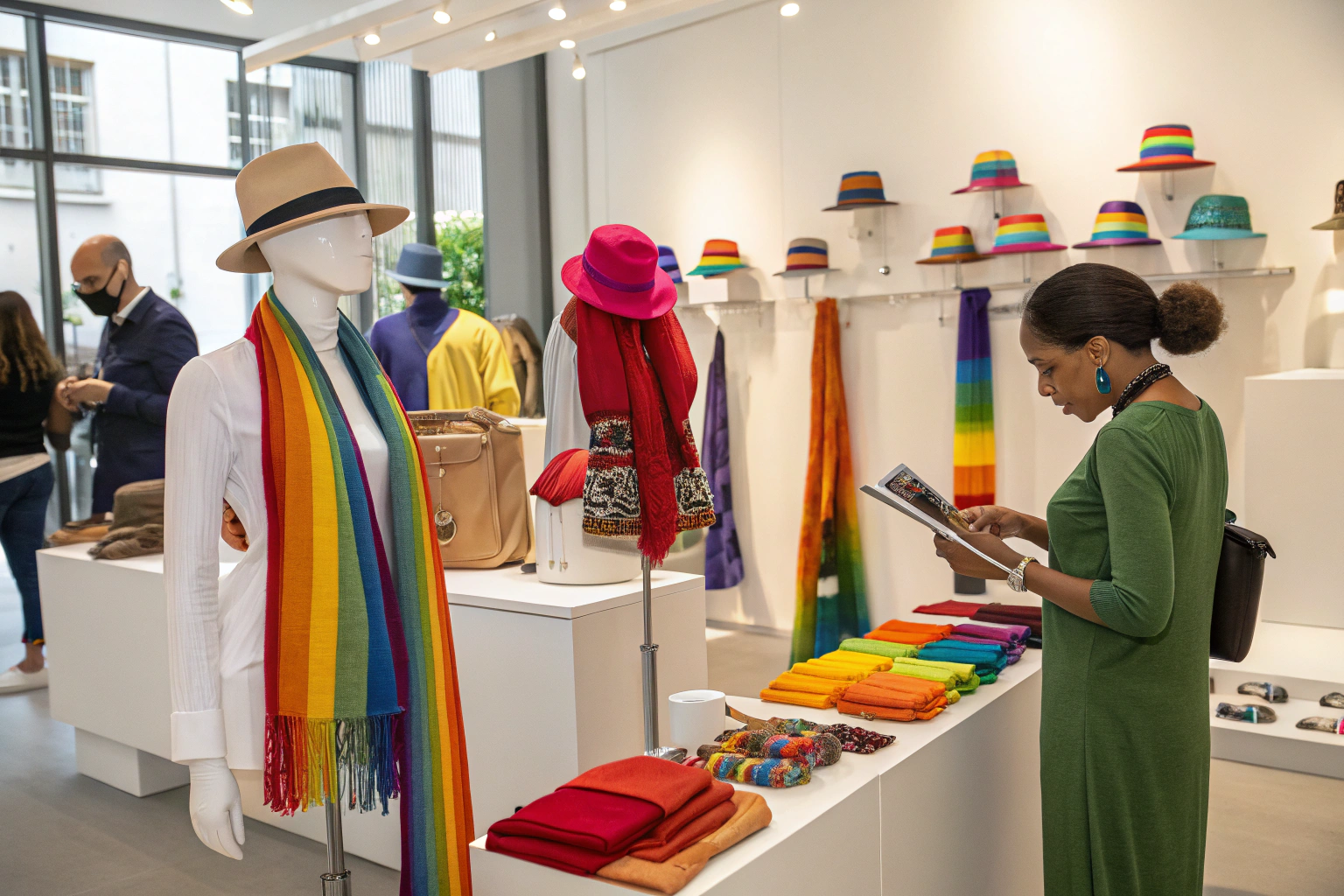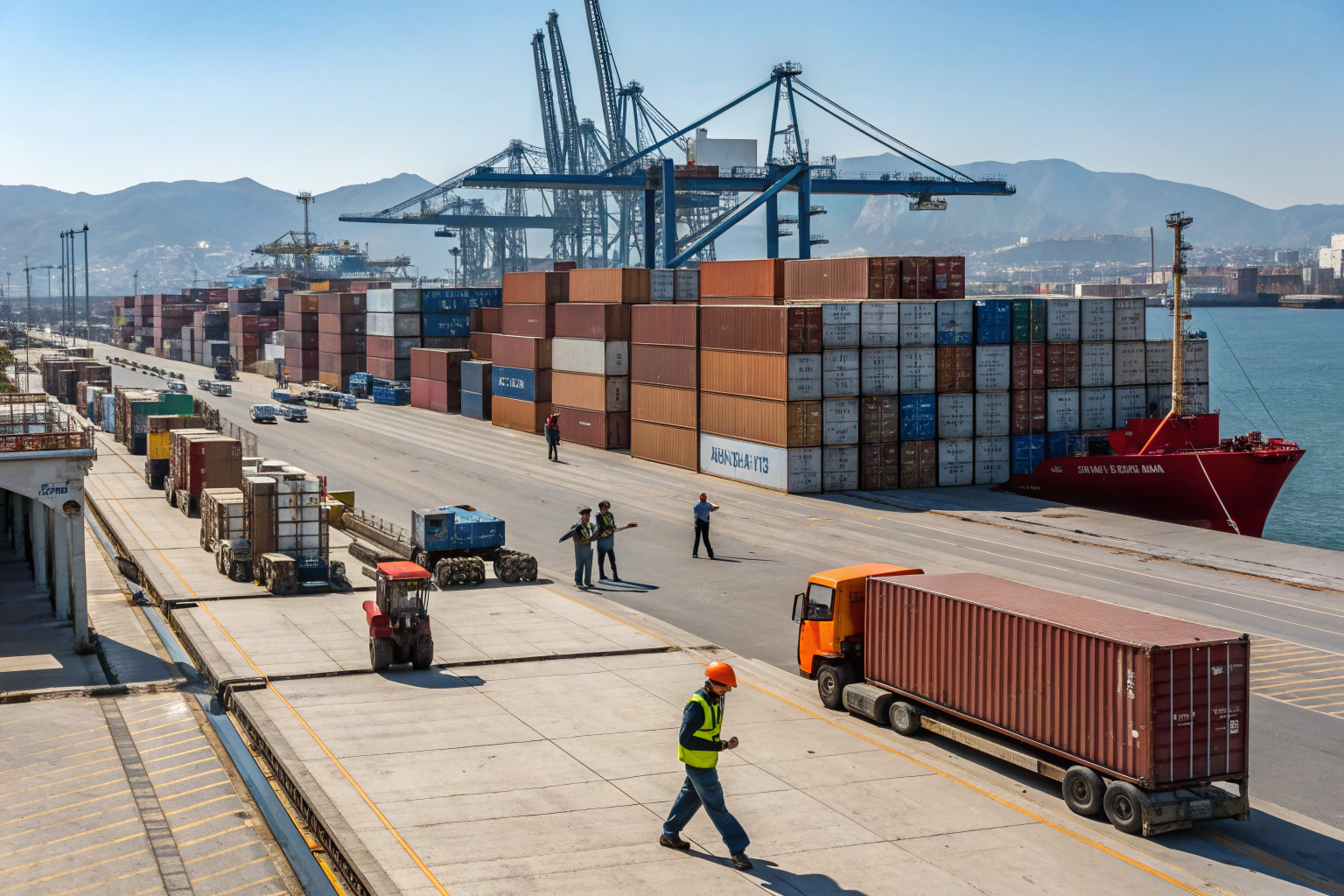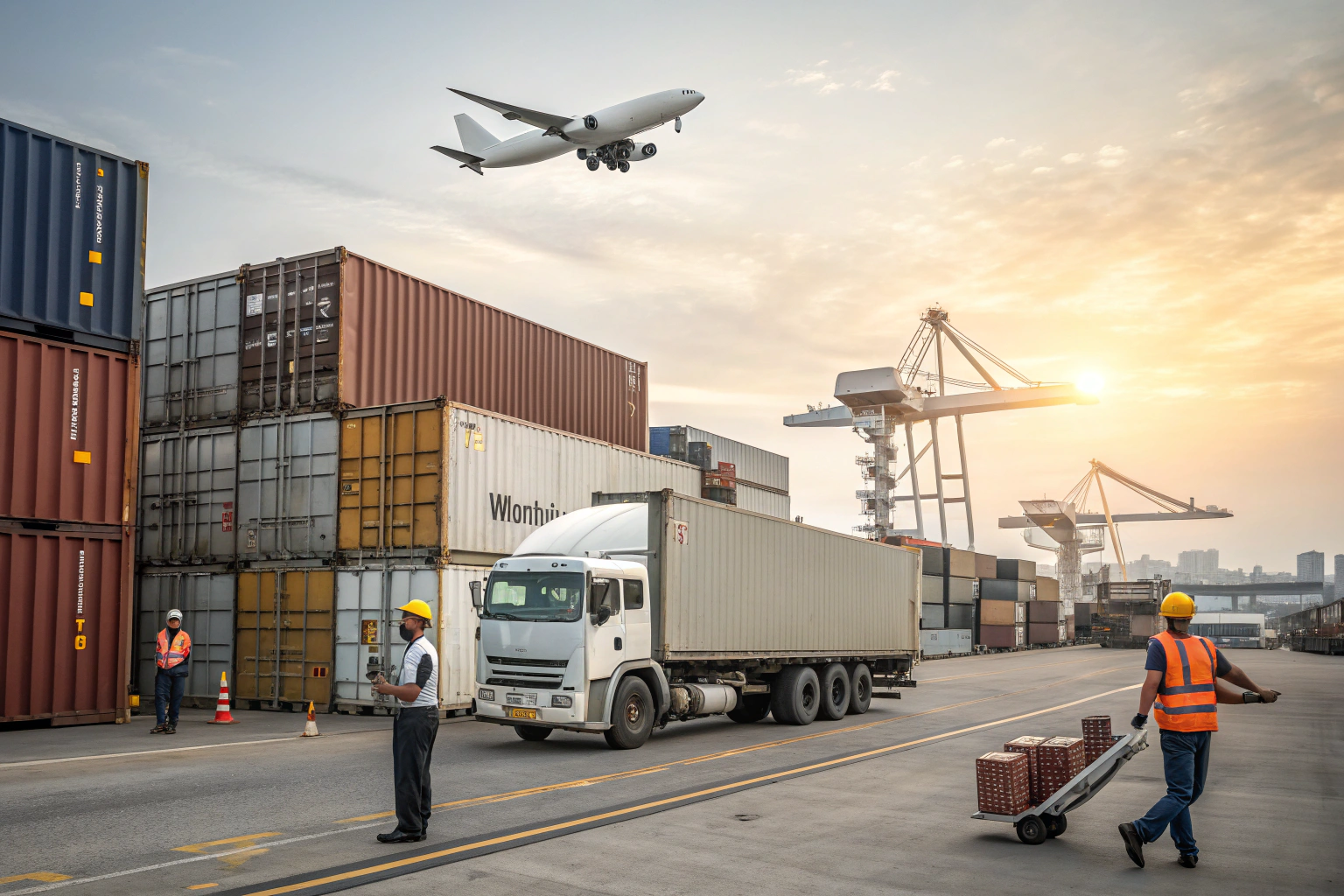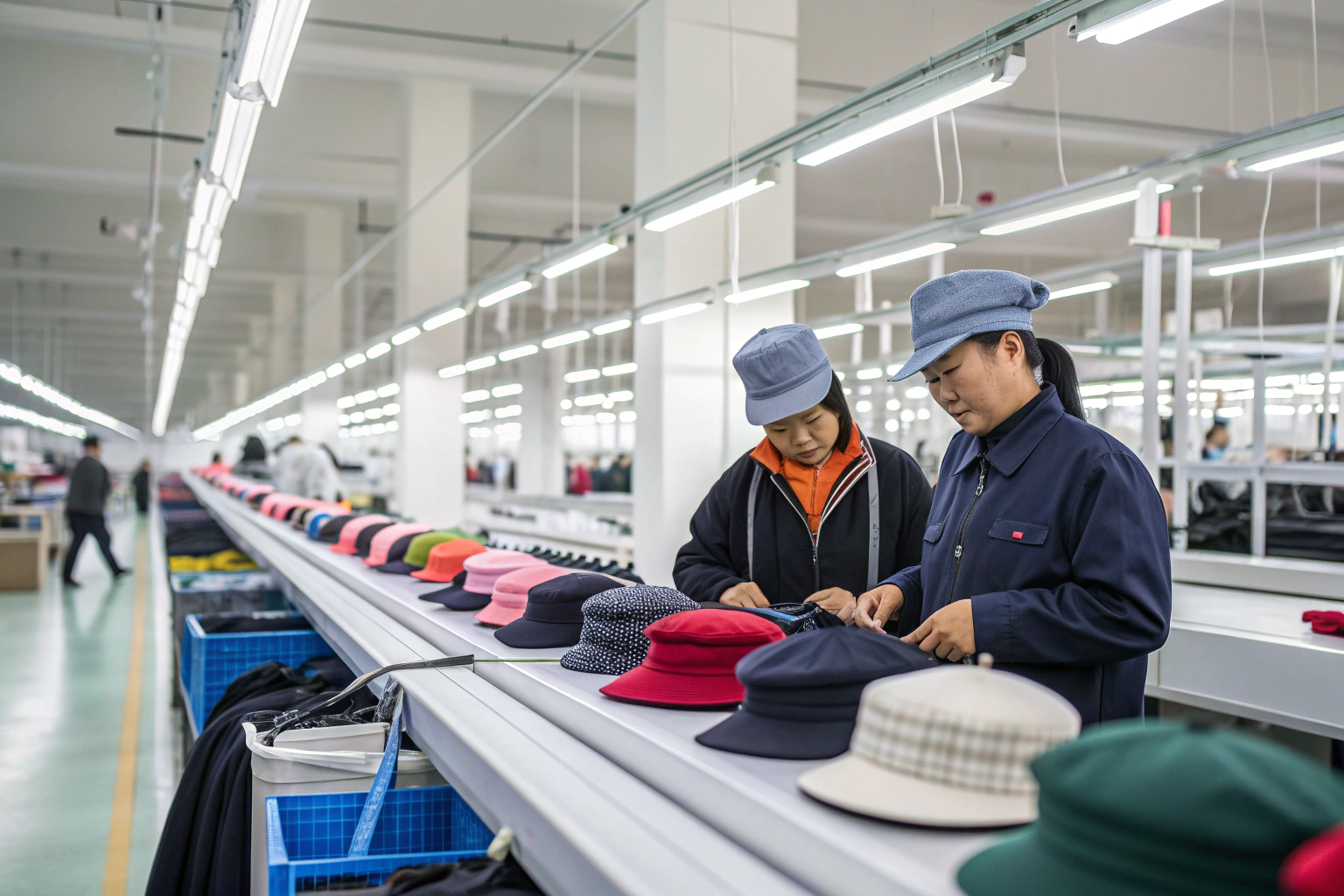Protecting high-value accessories in transit can feel risky without the right safeguards. One misstep in insurance coverage may cost more than the shipment itself.
Yes, high-value packages should always be insured. To protect accessory shipments, especially international ones, importers should understand the key insurance types, policy limits, and logistics practices that reduce risk.
Many of our clients in Europe and North America trust us at AceAccessory not only for quality accessories, but also for our expertise in global shipment protection. In this article, I’ll share what I’ve learned after years of exporting high-value goods like crystal headbands, metal belts, and embroidered scarves from our Zhejiang factory to worldwide buyers.
Do high value packages need to be insured?
Losing a high-value accessory shipment could hurt your margins or damage your brand reputation. Ignoring insurance can turn a profitable order into a costly liability.
Yes, you need to insure high-value shipments. Marine cargo insurance, all-risk policies, and declared value protections are often required to reduce risk of loss, theft, or damage during international transit.
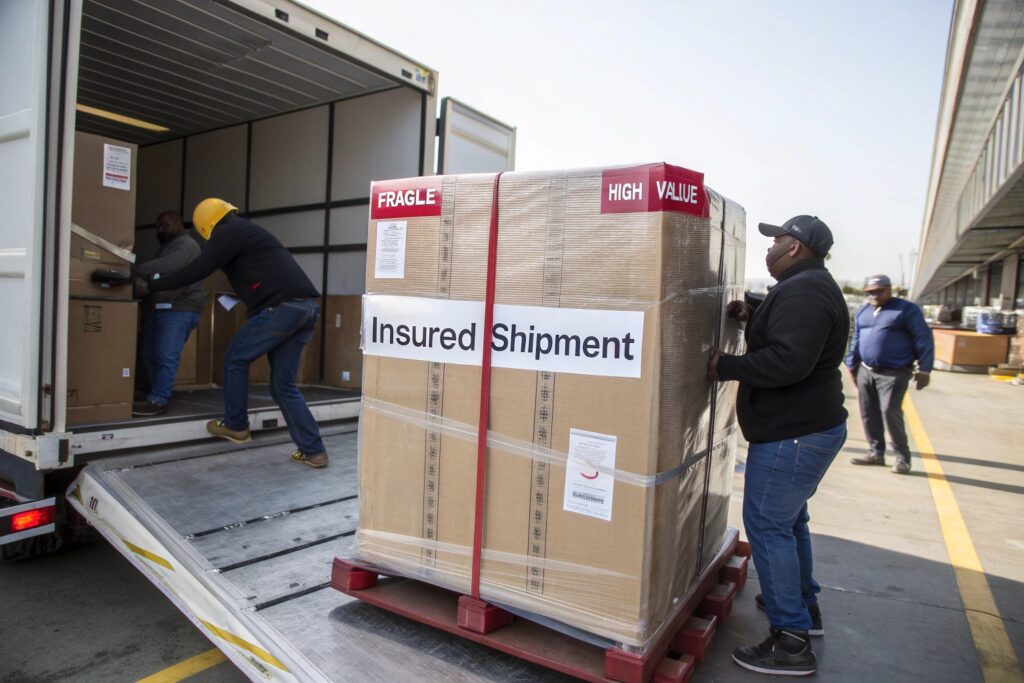
Why is cargo insurance considered essential for B2B accessory shipments between China and Western importers?
When shipping accessories valued at over $1,000 or more per carton, a single mislabeling issue or customs hold can lead to loss or damage. We’ve seen fragile items—like embellished belts or handmade metal hair clips—get dented, scratched, or delayed if not handled with insured carriers.
Most of our clients prefer “All-Risk” insurance. This protects them from nearly every common transit issue: theft, misrouting, natural disasters, and more. Some opt for Named Perils, but this narrower coverage may exclude delays or handling damage, which are very real risks.
I always advise our buyers to ask for commercial invoices that state actual shipment value. This way, claims won’t get rejected due to undervaluation.
When you need an additional insurance policy for a high value item, it is called a n.?
Shipping luxury-level accessories like gold-plated brooches or gemstone clips without extended coverage is like driving a sports car without collision protection.
It’s called a “Rider” or “Floater” policy—an add-on to your main insurance coverage that extends protection to high-value shipments beyond the regular policy limits.
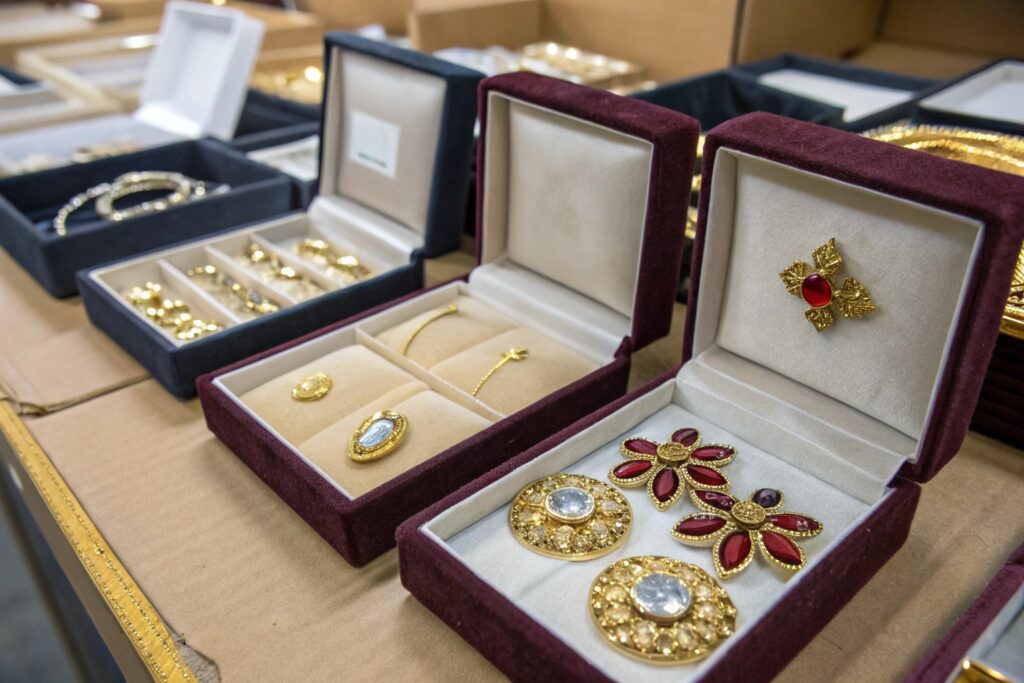
When does a standard policy become insufficient for your shipment of high-value accessories?
Most cargo policies have a maximum coverage cap. Once your total invoice value or single-piece value exceeds the limit—say, $50,000 or $1,000 per item—you’ll need to declare that separately. This is where a Floater (for single shipment) or Rider (for recurring extended value) applies.
These extra policies are especially useful if you’re dealing with custom accessories, promotional kits, or trade show samples that have high development costs. As a factory, we’re used to insuring shipments valued over $100,000, and we work with brokers that understand accessory risk classes.
A key tip: always declare the real value on both the invoice and airway bill. It keeps your customs and insurance documents aligned.
How do you ship high value items?
Speed and traceability matter. Delays and poor visibility increase exposure to theft, damage, or weather impact during transit.
The safest way to ship high-value accessories is to use express air freight with GPS tracking, insurance coverage, strong packaging, and a declared value noted on the airway bill.
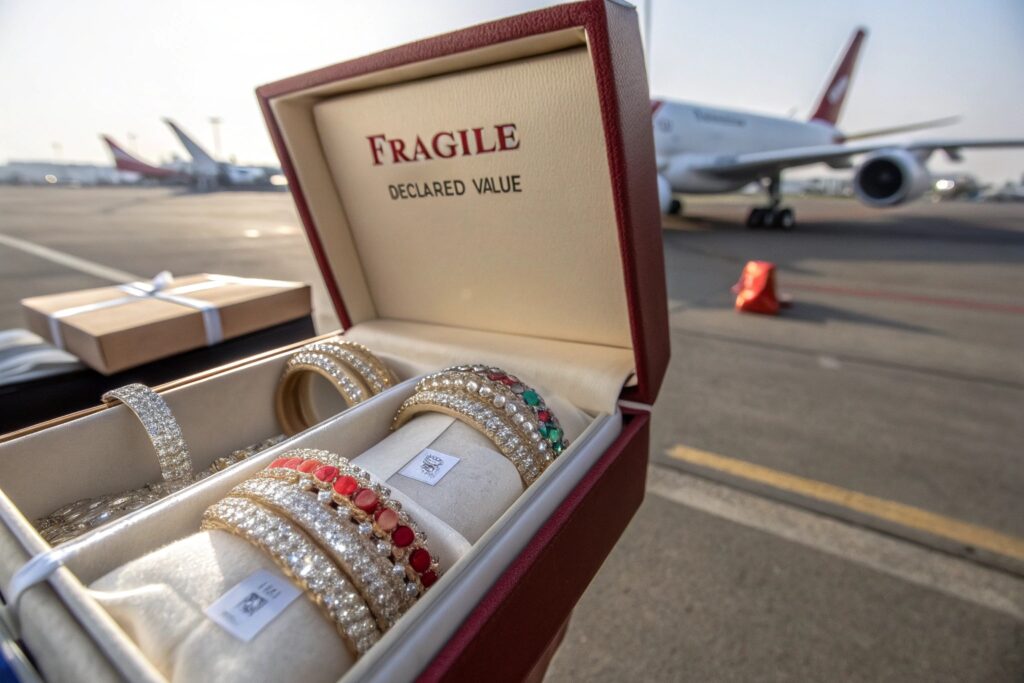
What extra shipping practices can help protect your luxury accessory cargo during international freight?
When we ship valuable goods from AceAccessory’s warehouse, we never rely on just bubble wrap and cardboard. For high-value belts, for example, we use padded hard-shell cartons, moisture-resistant linings, and reinforced outer containers. For delicate headwear, we use inner molded trays that prevent crushing.
But protection doesn’t end with packaging. We work with express carriers like DHL or FedEx that offer real-time tracking and bonded facilities. We also sometimes stagger shipments for extra-large orders. That way, one delay doesn’t compromise the entire batch.
Always document the item condition with photos and packing lists before sealing the box. This will help in case of claims.
What protect specific items of high value you may purchase?
Generic coverage may not understand the unique risks of fashion accessories—especially those made with mixed materials or custom components.
Specialized accessory insurance policies, such as declared value policies or product-specific riders, offer protection tailored to fragile or luxurious items in transit.

Why do fashion accessories need more specialized shipment protection than standard consumer goods?
Accessories come with unique challenges. Leather belts can warp in heat, faux pearl hair clips can crack under pressure, and embroidered items can stain if packaging fails. That's why accessory shipments need tailored protections.
We often work with buyers who need blanket policies to cover monthly shipments, but when launching a high-value seasonal collection, they request separate, itemized coverage.
Certain policies even allow you to insure the full retail value, not just production cost. This is useful for resale-based businesses like department stores or boutiques.
Another useful tool? Using third-party inspection services to validate shipment condition at origin. This strengthens your claim if anything happens in transit.
Conclusion
Insuring high-value accessory shipments isn’t just a safety net—it’s a business essential. From express air freight to custom riders, smart coverage builds trust and protects your investment.

